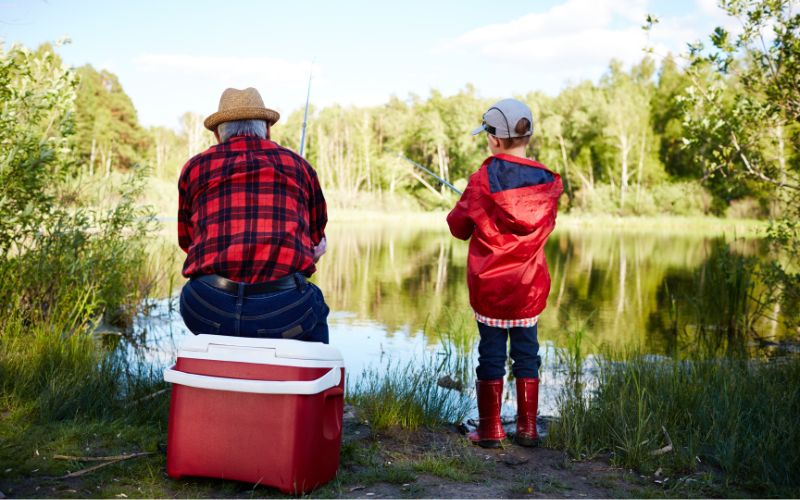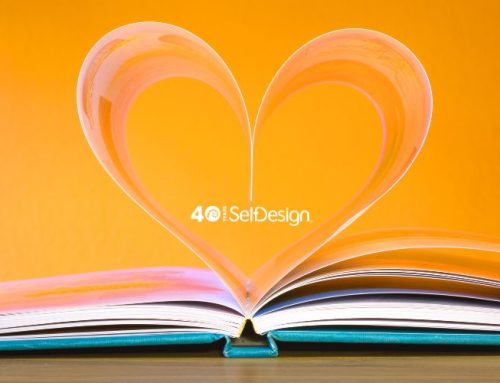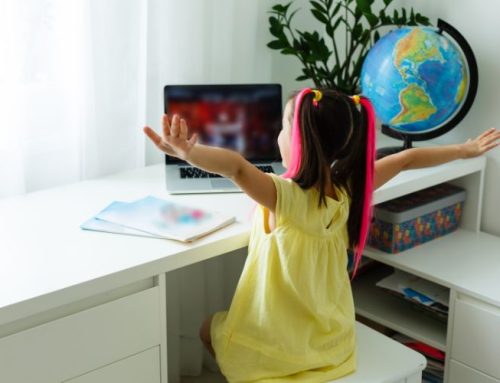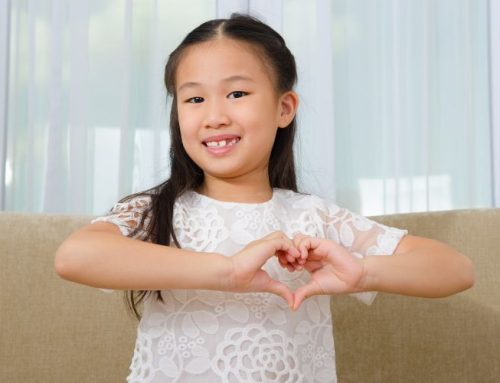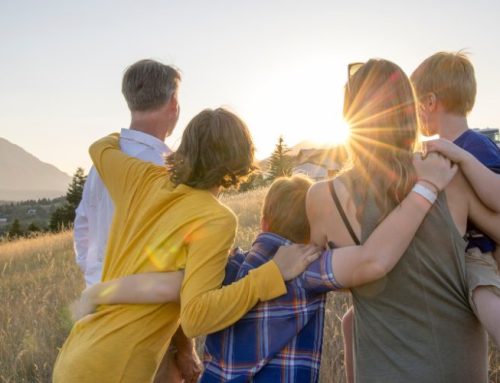By River Meyer, SelfDesign Director of Organizational Learning and Culture
This is the fifth article in a series exploring the SelfDesign philosophy.
Actions speak more clearly than words
Folk wisdom suggests that children learn more from watching how we live our lives than from listening to what we say. As the primary guiding adults for our children, our work is to make our values visible in our actions. Our children, even at a young age, see us demonstrate who we are in the ways we move forwards through our days.
This is the deepest meaning of the term “modelling.” It is a consistent display of our attitudes, beliefs and approaches to daily living. It shows up in our behaviours rather than through our verbal instructions.
When we integrate our convictions with our actions we are operating from a place of wholeness, or integrity, and our children notice.
In SelfDesign, we stress the importance of modelling, especially because our children are with us so much of the time when they are learning at home. We are their primary models in all that we do. If we hope that our children will be curious, collaborative and will enjoy their learning activities, those qualities need to be visible in us as well.
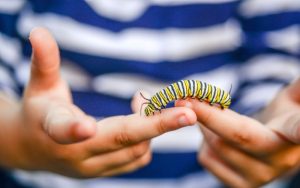 One of the essential ways we model is through doing things together with our kids, whether it’s baking, hiking through the woods, shovelling a neighbour’s walk or practising a skill. The key is that we adults show our enjoyment in an activity we do with them and that we size our children’s involvement to their current abilities. We want them to feel successful and take pleasure in joining us.
One of the essential ways we model is through doing things together with our kids, whether it’s baking, hiking through the woods, shovelling a neighbour’s walk or practising a skill. The key is that we adults show our enjoyment in an activity we do with them and that we size our children’s involvement to their current abilities. We want them to feel successful and take pleasure in joining us.
The more we and our children have fun together, the more they will want to be by our side as they grow and learn. They will trust that they’ll have a good time in the cookie-baking or in searching for caterpillars in the meadow, and they will welcome opportunities to be with us in these adventures.
Why is this important?
The SelfDesign approach is built around our long-term hopes for our children. We want them to be inspired lifelong learners who build their skills from a place of self-confidence and curiosity. Their interest and willingness is a key first step, and we foster those attitudes through our time together.
As they mature, we encourage them to seek their own passions and learn how to access the resources they need to pursue them. And if their relationship with us is strong, built through ongoing joint pursuits, they will continue to see us as a model even as they begin to branch out on their own.
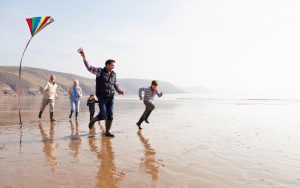 Exposure to a variety of engagements with trusted family members sets the groundwork for widening the circle of possible models from whom our children can learn. As a result of the climate we have created around our child’s desire to act in partnership with us, they gradually become open to working with others to follow their curiosities and broaden their learning.
Exposure to a variety of engagements with trusted family members sets the groundwork for widening the circle of possible models from whom our children can learn. As a result of the climate we have created around our child’s desire to act in partnership with us, they gradually become open to working with others to follow their curiosities and broaden their learning.
At this stage, modelling can morph into mentoring, and chosen guides with expertise in areas like pottery, dance or math may partner with our child to provide a deeper exposure to skills. As parents or guardians, we can assist in finding mentors who will provide the same supportive and encouraging environment we have created over time.
Competencies often come as a result of confidence – a belief that “I can do this”, or “I’m willing to try.” As the adults who are our children’s first and primary model, we have the opportunity to help shape each day into a positive experience of learning and growth for them.
Watching a child blossom as a self-assured and avid learner is a joy, and we can know the very significant role we played toward that end when we act as a model for inspired living.
This topic, as well as others offered in this series, is discussed in more detail in the SelfDesign Path course a resource available to parents and guardians with children enrolled in SelfDesign® Learning Community, and to educators in the program.
Read other articles in this series:
Diving into SelfDesign Philosophy: A seven-part series
Diving into SelfDesign Philosophy: Part 1– Being present in today’s world
Diving into SelfDesign Philosophy: Part 2 – Being curious
Diving into SelfDesign Philosophy: Part 3 – Setting the stage for relational learning
Diving into SelfDesign philosophy: Part 4 – Cultivating mutual respect

